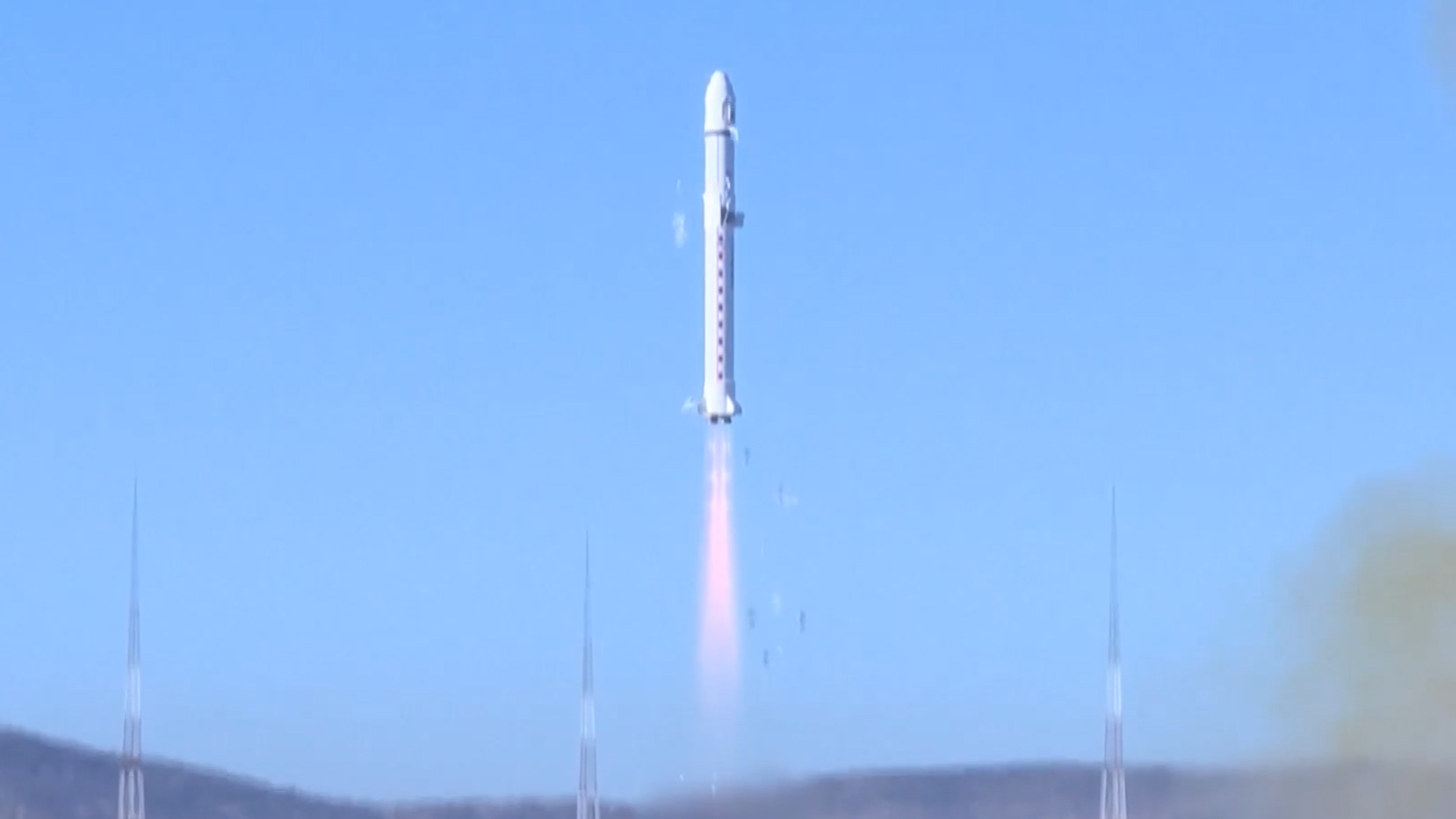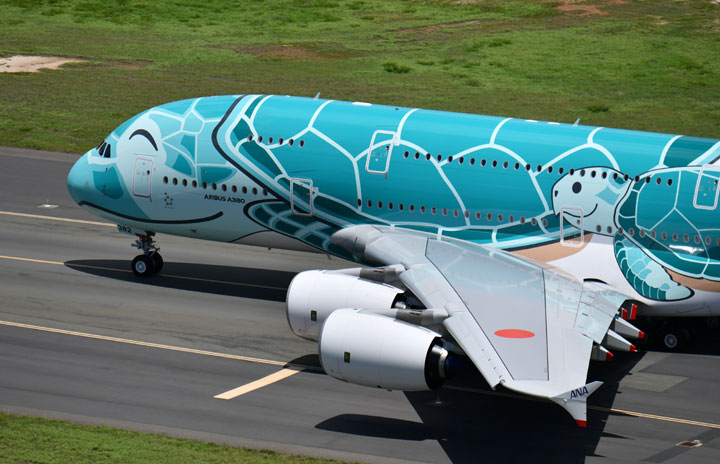Effective communication of climate-related risks is crucial for informing policymakers, stakeholders, and the general public about the urgent need for action. Climate scientists are vital in conveying complex scientific information to diverse audiences, bridging the gap between scientific findings and societal decision-making. However, the effectiveness of climate scientists’ risk communication strategies has been scrutinized, with imperfections and room for improvement identified.
This study aims to assess the existing practices of climate scientists in communicating risk, highlighting areas of success and identifying areas that require further attention and enhancement. By examining the strengths and weaknesses of current risk communication approaches, this research seeks to contribute to refining climate science communication strategies, ultimately fostering a better understanding of climate-related risks and promoting effective responses to address them.
According to a group of climate scientists, including leading expert Sophie Nowicki from the University at Buffalo (UB), there has been an improvement in communicating crucial facts about future sea-level rise. These scientists note that more precise communication of climate risks has significant consequences, as policymakers increasingly rely on climate scientists’ risk assessments to inform their planning efforts against the impacts of rising seas.
In a study published in Nature Climate Change, the researchers analyze the language and graphics used in climate assessment reports by the United Nations’ Intergovernmental Panel on Climate Change (IPCC) from 1990 to 2021. Sophie Nowicki emphasizes that effectively conveying accurate and understandable information can be challenging for scientists.
Sophie Nowicki, a core faculty member of the UB RENEW Institute, emphasizes improving communication among scientists regarding projections of future sea-level rise. As many stakeholders rely on these projections for adaptation and planning policies, Nowicki believes scientists must enhance their communication skills.
Given the significant uncertainty surrounding future sea-level rise, conveying information about the potential range of outcomes to decision-makers involved in long-term coastal planning and adaptation can be challenging. Nowicki stresses the need for clear definitions and terminology to ensure that scientific findings are easily comprehensible to a broad audience.
Robert Kopp, a lead author of the study and a professor in the Department of Earth and Planetary Sciences, Rutgers School of Arts and Sciences, explains, “There’s quantifiable uncertainty, which can be measured and presented with a degree of confidence, and then there’s ambiguity, a form of deep uncertainty that cannot be well represented quantitatively.”
The analysis of IPCC reports and the UN’s Special Report on the Ocean and Cryosphere in a Changing Climate highlights areas where the communication of sea-level rise risks can be improved. While aspects of quantifiable risks have been accurately presented, conveying uncertainties surrounding sea-level rise has often been oversimplified or confusing, potentially leading policymakers to underestimate high-end outcomes.
The study compares the language used in reports from 1990 to 2021, revealing a shift towards acknowledging deep uncertainty and the potential for significant sea-level rise due to various processes. The effectiveness of the communication approach taken in the latest report will be assessed in future regional assessments and evaluated by policymakers and experts in climate and social sciences.
In conclusion, communicating complex risk scenarios surrounding future sea-level rise is an ongoing process. Analyzing assessment reports reveals the challenges in effectively conveying uncertainties and ambiguities to assessment users. The study emphasizes the need for more explicit definitions, languageand graphics to ensure that scientific findings are accurately understood by decision-makers and the public.
The success of the communication approach in the most recent climate report will be reflected in future regional assessments and evaluated by policymakers, climate scientists, and social scientists. By improving communication strategies, policymakers can make informed decisions to address the risks associated with sea-level rise and promote effective adaptation and planning efforts.
Journal Reference:
- Kopp, R.E., Oppenheimer, M., O’Reilly, J.L. et al. Communicating future sea-level rise uncertainty and ambiguity to assessment users. Nature Climate Change. DOI: 10.1038/s41558-023-01691-8
Note: This article have been indexed to our site. We do not claim legitimacy, ownership or copyright of any of the content above. To see the article at original source Click Here












